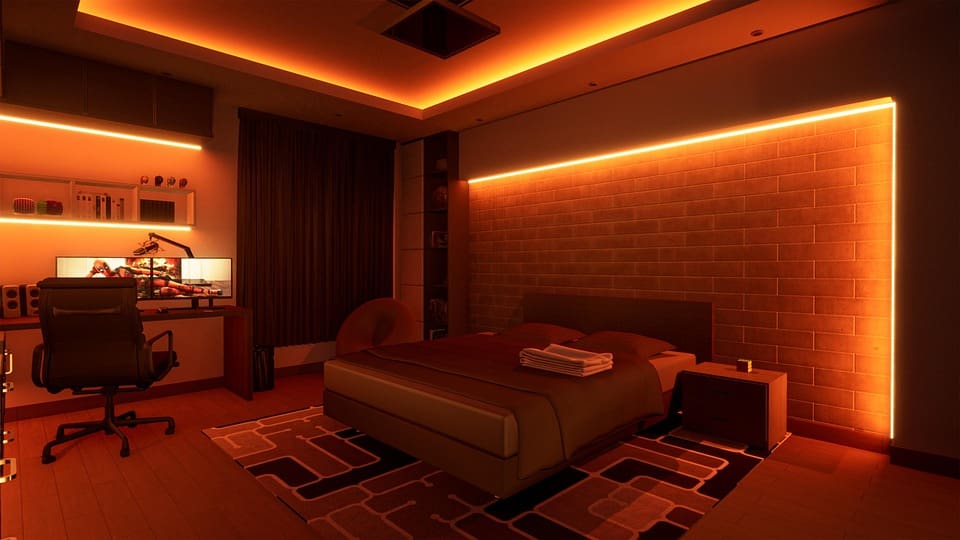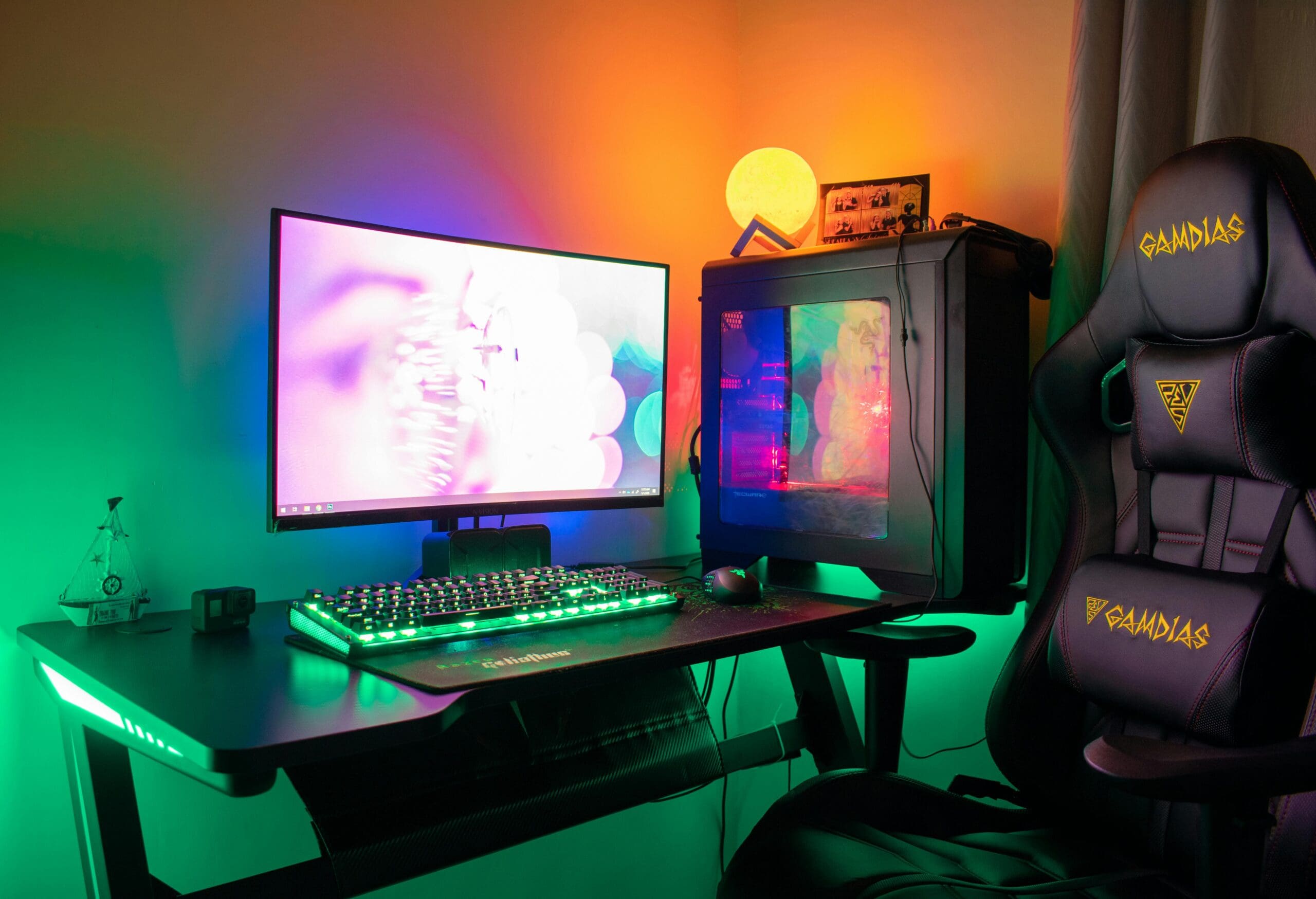Introduction
Gaming on a PC has always been a popular choice for gamers due to the flexibility, customization options, and power it offers. Building your own gaming rig can be a rewarding experience, but it also requires careful planning, knowledge, and attention to detail. In this guide, we will explore the essential steps to unlock the power of PC gaming by building your own rig.
Why This Topic Matters
Building your own gaming PC allows you to tailor your system to your specific needs and preferences. From choosing the right components to optimizing performance, understanding the process of building your own rig is crucial for both beginners and advanced users. Here are some reasons why this topic matters:
- Performance Impact: A well-built gaming rig can significantly improve FPS, load times, and overall system efficiency.
- Common Issues: Many gamers struggle with overheating, compatibility issues, and suboptimal performance due to improper setup.
- Long-Term Benefits: By building your own rig and maintaining it properly, you can extend the lifespan of your components and ensure a smooth gaming experience for years to come.
Step-by-Step Guide / Essential Tips
1. Choose the Right Components
When building a gaming rig, it is essential to choose components that are compatible with each other and meet your performance requirements. Research different options for the CPU, GPU, RAM, storage, and motherboard to ensure a balanced and powerful system.
2. Proper Cable Management
Good cable management not only improves the aesthetics of your rig but also ensures proper airflow and cooling. Organize your cables neatly and use cable ties or clips to avoid any obstructions to airflow within your case.
3. Optimize Cooling Solutions
Proper cooling is essential for maintaining the performance and longevity of your components. Consider investing in high-quality fans, heatsinks, or liquid cooling solutions to keep your system running cool under heavy loads.
Common Mistakes to Avoid
- Ignoring Compatibility: Failing to check for compatibility between components can lead to performance issues or even hardware damage.
- DIY Installation Errors: Improper installation of components, such as the CPU or GPU, can result in system instability or failure.
- Skipping Updates: Regularly updating your drivers, BIOS, and software is crucial for optimal performance and security.
Advanced Optimization Tips
For advanced users looking to squeeze every bit of performance out of their gaming rig, here are some additional tips:
- Overclocking your CPU or GPU for increased performance (if supported).
- Adjusting RAM timings and voltages for better stability and speed.
- Using software tools like MSI Afterburner or HWiNFO for monitoring and fine-tuning performance.
Final Thoughts
Building your own gaming rig can be a challenging but rewarding experience. By following the steps outlined in this guide, you can ensure that your PC performs at its best and provides you with a seamless gaming experience. Whether you are a novice builder or a seasoned enthusiast, unlocking the power of PC gaming through building your own rig is a journey worth taking.
💬 What has been your biggest challenge with building your own gaming rig? Share your experiences and tips in the comments below!


